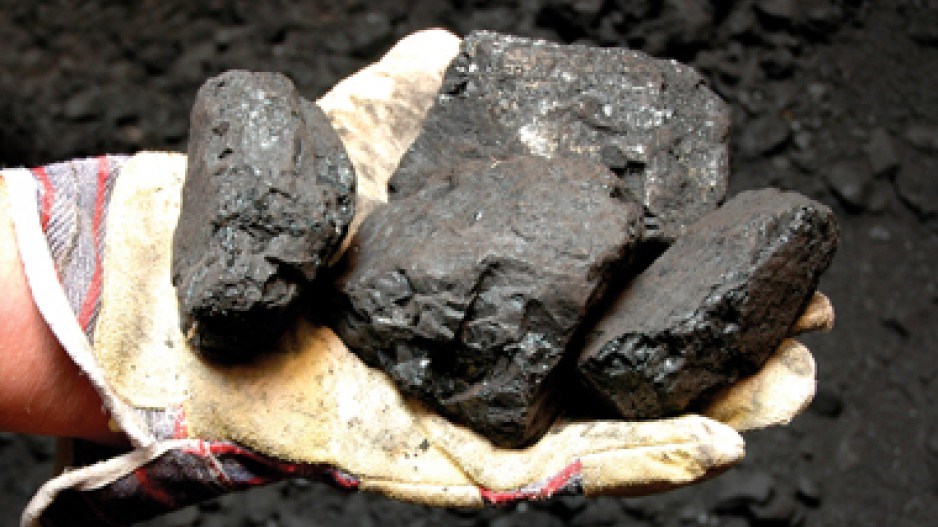A controversial mining project in Tumbler Ridge would include a massive conveyor belt to transport coal underneath the Murray River, a mining executive told an industry conference.
Jody Shimkus, a vice-president of HD Mining, gave an update on her company's proposed Murray River coal mine earlier this month at the Northeast British Columbia Community Coal and Energy Forum.
The conveyor belt and long-wall mining technique underscore how different the HD project is from the open-pit mines on which most of the remaining Canadian miners are employed, Shimkus said.
The company has drawn fire in recent years for its application to hire temporary foreign workers (TFWs) from China.
The Chinese miners are extracting a "bulk sample” of the Tumbler Ridge coal, which would then be shipped to China for testing. Steel companies would then determine if the coal suits their needs.
HD expects to have completed its bulk sample analysis by June 2016. If the coal is good, the company would then apply for permitting and environmental review.
The project has been slowed by a drop in the price of metallurgical coal, which has led to mine closures and layoffs across the region.
It's too early to say exactly how many workers the mine would employ, though HD originally applied to bring in around 200 TFWs. Then, in 2013, the company won in court against two unions that sought to have its TFW application overturned.
According to HD Mining International's Application Information Requirements, which was approved by the Environmental Assessment Office on September 3, 2013, the project would provide about "600 direct jobs and 700 indirect jobs during operations." The same report also pegged capital costs at $300 million. However, Shimkus said those numbers have since been revised. An updated figure would come out once environmental regulators review the project, she said.
HD has spent $100 million to date for the bulk sample project and environmental work.
Shimkus stressed that if the project goes forward, there would be work for Canadians.
"We would have a Canadian mine manager, Canadian electricians, Canadian fire bosses, Canadian contractors," said Shimkus.
Shimkus said there are no programs in Canada that train long-wall miners — though the company and Northern Lights College are discussing a curriculum for a potential program, she said.
If the project is permitted, coal would come out of the ground on the west bank of the Murray. It would then be loaded onto the conveyor for a 2,000-plus meter journey to washing and transport stations on the other side. It would eventually be sold to Chinese steel manufacturers, likely by way of the coal terminal in Prince Rupert.
HD had originally proposed a conveyor over the Murray, but an advisory panel of First Nations raised concerns around coal dust polluting the water.
First Nations are still working to determine the environmental impacts of the tunnelling project, a representative of one of the Northeast B.C. bands who asked not to be identified told the Alaska Highway News.
Alaska Highway News
http://www.alaskahighwaynews.ca/




